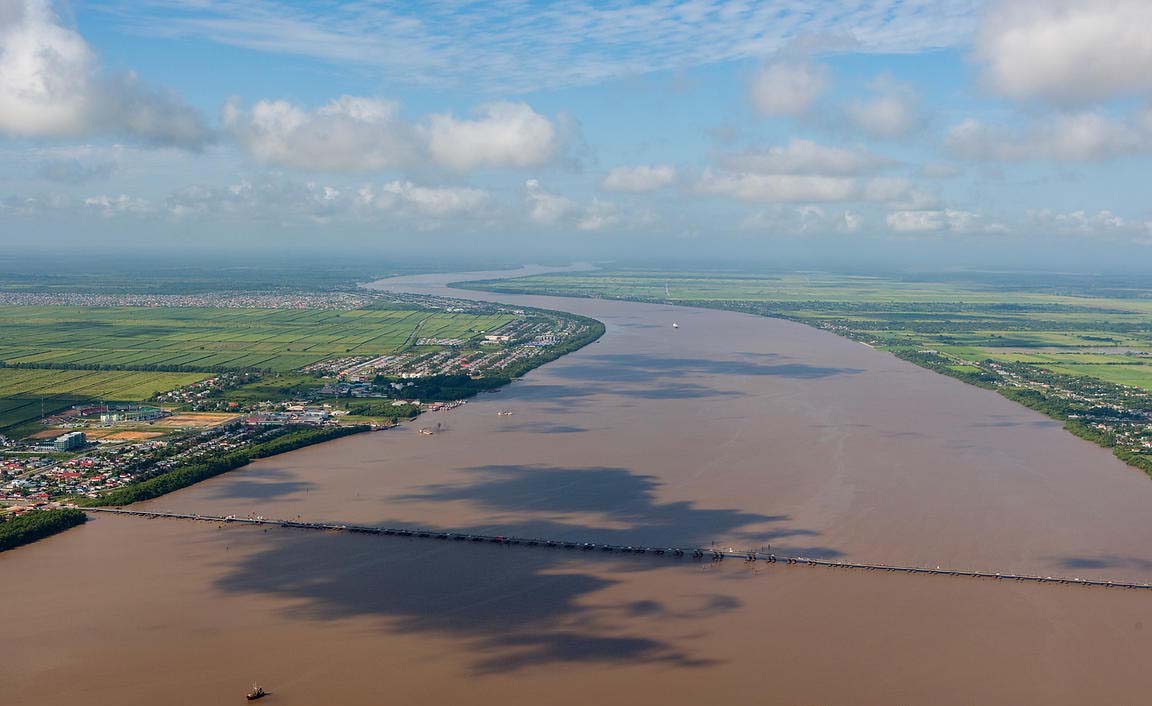As oil and gas activities ramp up offshore Guyana, so does marine traffic traversing the country’s main channel – the Demerara River – and the government is working to ensure it can facilitate the rapid change.
At present, the Demerara channel can only facilitate marine traffic in one direction at any given time; plans are now advancing to ensure it can facilitate two.
According to Guyana’s Minister of Public Works, Juan Edghill, the first step is already completed – wreckage removal. In September last year, the government awarded a GY$787.6 million deal to Koole Contractors to remove three major wreckages in the Demerara River – the Dar B, Allana III and Miss Elissa – that hampered smooth movement in the channel.
Edghill explained that the position of the wreckages caused the channel to “become narrow” at crucial points and resulted in longer routes as ships would need to manoeuvre around them just to pass.
Now, with that project completed, the government is gearing up to dredge the channel. It is Guyana’s main hub of all import and export trade but, at a depth of only six metres, the river is also quite shallow due to years of built-up siltation.
Georgetown port now sees an average of 52 ships per week, up from 7 – Edghill
Because of this, cruise ships and larger cargo vessels are dissuaded from docking at the Georgetown Port – an issue in existence for years. But work will soon begin in this regard. The government is looking at 10 metres as the ideal depth.
Aside from dredging done by the government, other private companies have been engaging in dredging activities in the Demerara channel.
GAICO Construction periodically conducts dredging for the Guyana Shore Base Inc. (GYBSI) at Houston. Then there’s the Vreed-en-Hoop Shore Base Inc. (VEHSI) conducting dredging activities for its own facility being built on the West Bank of Demerara.
But while these are oil and gas related, major dredging will also need to be conducted for the construction of Guyana’s new Demerara River crossing.



